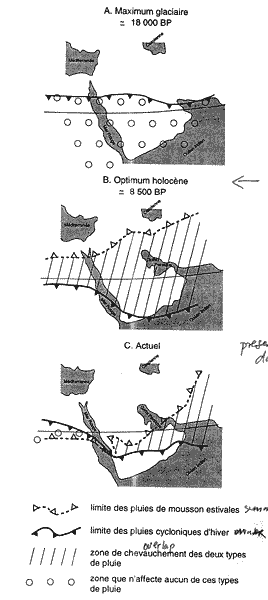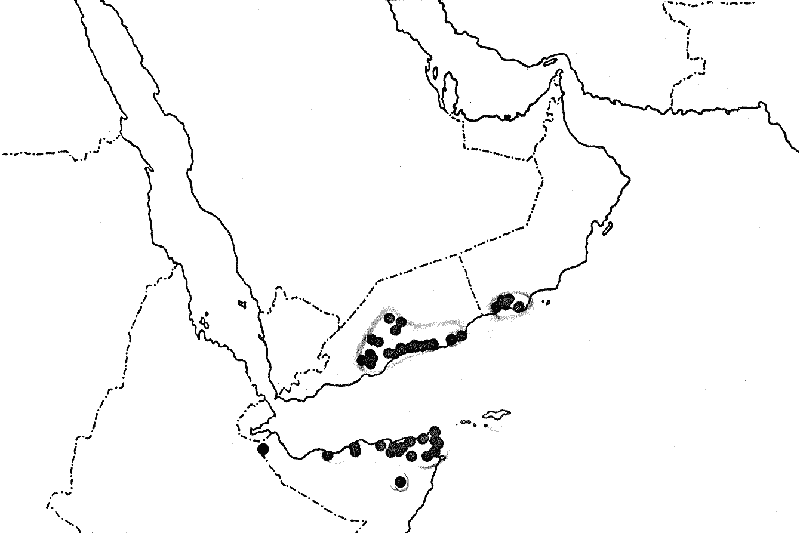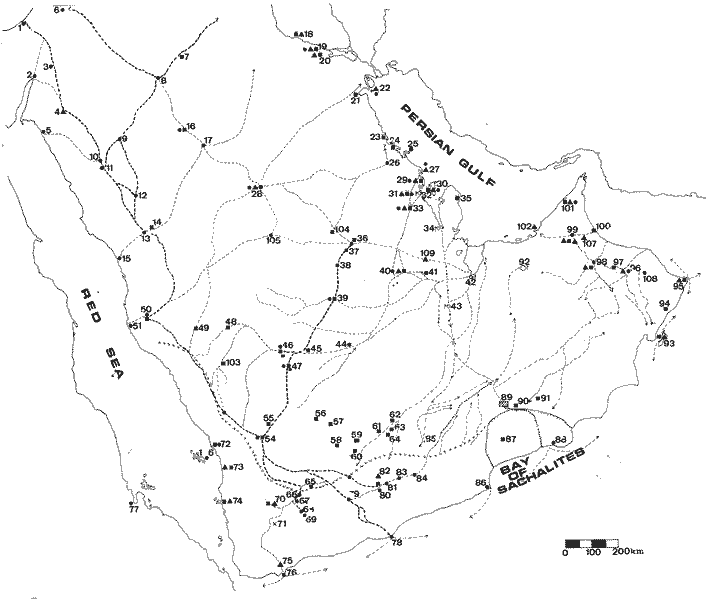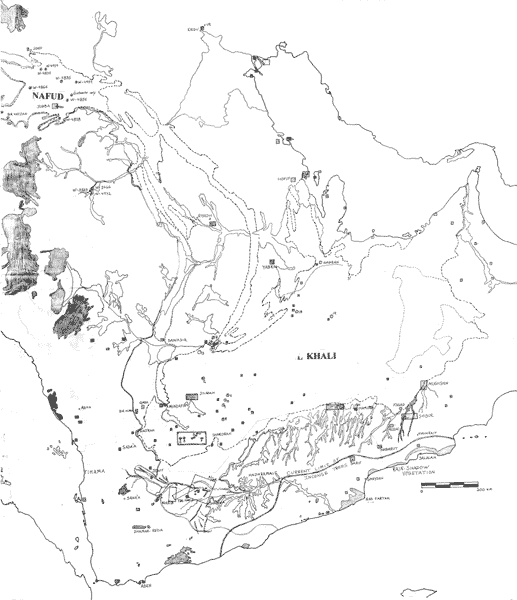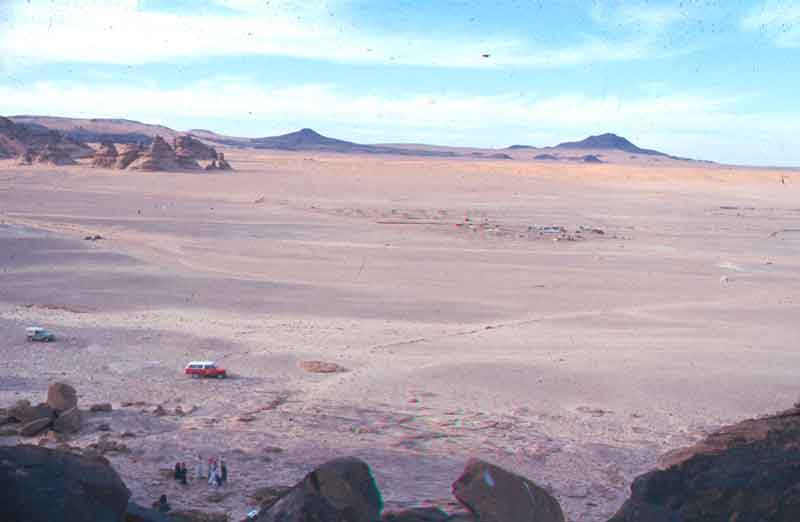The Archaeology Fund
Present and Past Ranges of Incense
|
The incense succulents Boswellia sacra and Commiphera sp. (Frankincense and Myrrh) today reflect a Tertiary East African origin. Within Arabia these plants are largely restricted currently within a small ecological area in Western Oman, Eastern Yemen and the island of Socotra. There distribution is largely determined by the Southwest Monsoon, geomorphological landscape and soil substrate. Geographically speaking they range from Jebel Samhan to the east as far as west as Habban in Yemen. There northern distribution is severely restricted just, just north of the Widyan district leading into the Rub Al-Khali. The most productive incense regions in the Horn of Africa occur primarily in Northern Somalia. By 6000 BC in the Early Holocene the Southwest Monsoon ranged as far north as the Great Nafud of Arabia. To what extent frankincense and myrrh were a significant component of the Early Holocene landscape has yet to be determined. Pollen studies in the Nafud have suggested the presence of a significant myrrh component. Naturally if the projected northern range of these incense plants included Central Arabia, then such trading entrepots as Abqaiq in Northeastern Saudi Arabia would have profited from their proximate location. Archaeological data clearly suggests that the Mesopotamian term Dilmun from the Ubaid period to the end of the Early Dynastic referred to the Eastern Arabian mainland. As the Southwest Monson waned in importance and retreated over the last three millennia to its present position, Dilmun came to mean only the island of Bahrain. It could be suggested that the northern range of incense products also declined radically to their present position, this being the case, the earlier land trade routes gradually replaced by more efficient maritime passages. |
|

